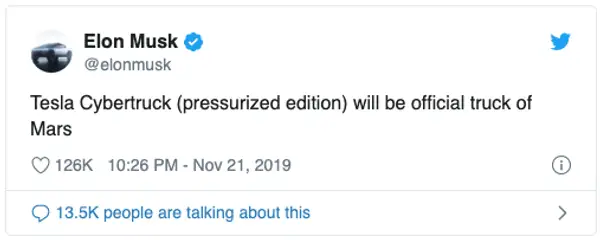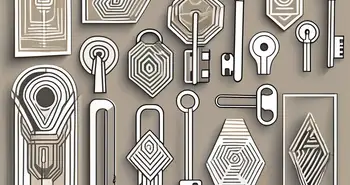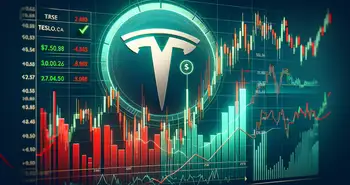Article Contents
Tesla Cybertruck: Built for Mars, Available on Earth
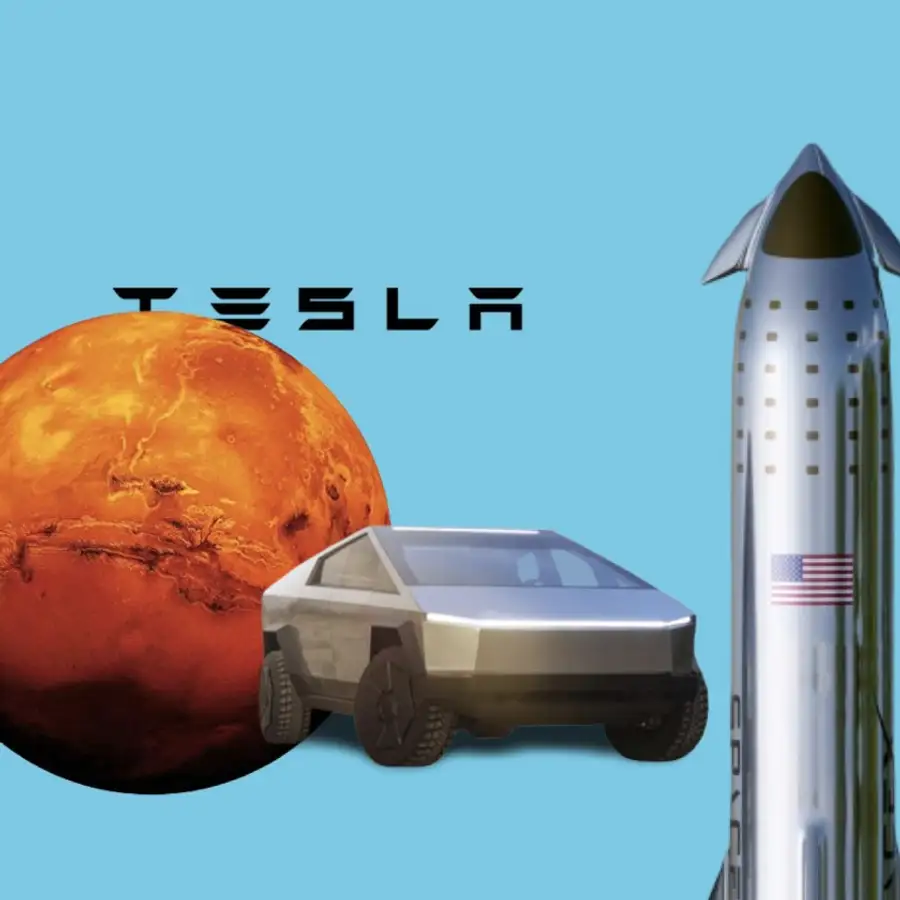
Elon Musk is known for his incredibly ambitious, multi-year visions for the future. Tesla's initial Master Plan, funding cheap vehicles with expensive ones, was realized with the Model 3. Now the Cybertruck is part of a whole new Master Plan that has much more to do with SpaceX than Tesla. You might love the Cybertruck, or you might hate it, but it was never designed for you. Cybertruck was designed to be extremely rugged, Mars rugged.
Some Musk tweets aren't always what they appear (“funding secured” comes to mind), but this one can be taken at face value. Those flat steel panels and thick windows can handle Martian dust storms. Flat panels are also easy to pack and significantly simplify manufacturing and assembly. Every apparent design constraint improves Cybertruck's chances of being assembled or even manufactured on the Red Planet.
Out of This World Design
Futuristic is both a great and horrible description of the Cybertruck. It's absolutely reminiscent of 80s design, like it came out of a Blade Runner or Total Recall fever dream. This seems unlikely to be the result of Tesla designers starting with a blank canvas, as Jalopnik notes. If you ask automative designers to imagine the future, it's always more and more aerodynamic shapes. Curves are great for aerodynamics, so why are all the exterior panels so flat?
The truck's unibody exoskeleton frame is definitely unique. TechCrunch says that achieving a high towing capacity with a unibody frame can only be done with flat panels. Maybe, but a unibody design also makes the body shell easier to manufacture. Flat panels are also easier to manufacture, and much simpler in assembly. They're also much easier to pack tightly when hitching a ride inside the Starship's cargo hold.
If the Cybertruck is a sales success, it might revolutionize automative manufacturing and assembly with simpler and cheaper methods.
All of these elements make the Cybertruck a reasonable Martian vehicle. Then there's that clean metal exterior without any pesky paint. Painting sheet metal on Mars would be horribly complicated, and would lose its protective qualities with one 66mph dust storm encounter. There's a similar benefit in using thick, flat window panels. Especially if your goal is to maintain oxygen and pressurization inside the truck.
It's unlikely Tesla designers decided on completely flat panels without big functional advantages. We weren't great at predicting the future back in the 80s, and automative design will stick with aerodynamic shapes for performance and efficiency. But if we see Cybertrucks racing across Martian soil, then this really is the most futuristic design of all.
Starship Stainless Steel
The Cybertruck uses the same stainless steel alloy as the SpaceX Starship. It also seems that Musk alluded to a crazy truck design within a month of switching from aluminum to steel on the Starship Rocket. If the decision to move to stainless steel for the Starship was done in conjunction with Cybertruck development, there might be more synergies here than expected.
So why pick steel when aluminum alloys are lighter, stronger, and more flexible? For both the Starship and Cybertruck, steel is significantly cheaper to source and manufacture with. Steel is half the price of aluminum, and about a third cheaper to build with.
Tesla Stock-Selloff
It's worth looking into why markets reacted so negatively to the Cybertruck announcement.
- Polarizing design
- Not taking pickup market seriously
- Overly optimistic Pricing
By breaking norms with an unconventional design, it seemed as if Tesla was missing a huge opportunity. The pickup truck market is one of the largest automative markets, only second to crossovers in the United States. Since pickup trucks don't have the same weight and size constraints as compact cars, Tesla could really showcase its technological edge in batteries and electric motors. The Cybertruck specifications are impressive, but could have been better with a lightweight aluminum body. Lack of easy truck bed access from the side led others to question how well it addressed pickup owners' needs. Finally, coming at under $40,000 just seemed incredibly unrealistic for Tesla to generate any kind of margin.
Elon Musk is aiming to go to Mars by 2024, and with Cybertruck rumored to only go into production in 2021, it makes sense to plan for Martian ruggedness. What Martian settler wouldn't want a rugged vehicle that has six seats, 14,000 pounds of towing capacity, and 3,500 pounds of payload capacity?
If the Cybertruck is a sales success, it might revolutionize automative manufacturing and assembly with simpler and cheaper methods. For now I think the best way to look at the Cybertruck is as Starship's little brother. As the official vehicle of Mars, Cybertruck is much more like the Corvettes driven by NASA astronauts than the F-150.
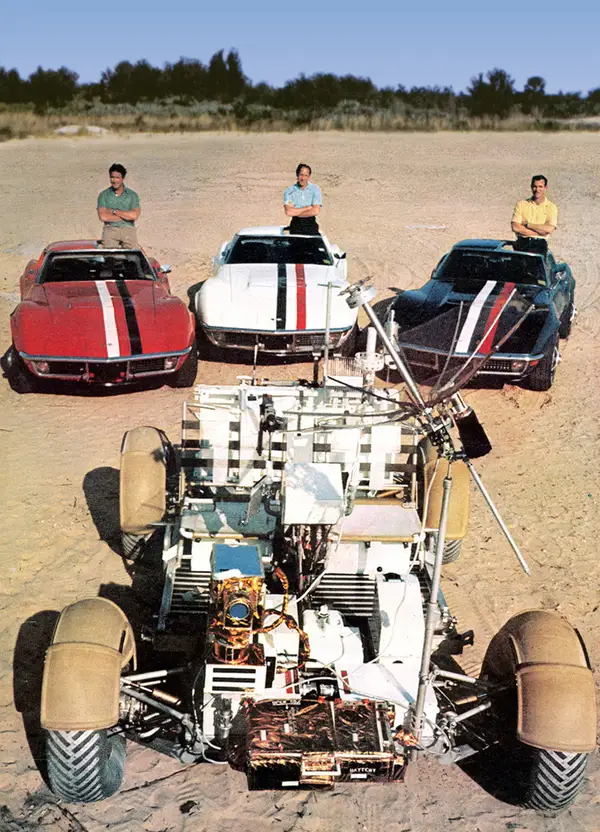

Disclaimer: All investments involve risk, and the past performance of a security, industry, sector, market, financial product, trading strategy, or individual’s trading does not guarantee future results or returns. Investors are fully responsible for any investment decisions they make. Such decisions should be based solely on an evaluation of their financial circumstances, investment objectives, risk tolerance, and liquidity needs. This post does not constitute investment advice.

Painless trading for everyone
Hundreds of markets all in one place - Apple, Bitcoin, Gold, Watches, NFTs, Sneakers and so much more.

Painless trading for everyone
Hundreds of markets all in one place - Apple, Bitcoin, Gold, Watches, NFTs, Sneakers and so much more.

